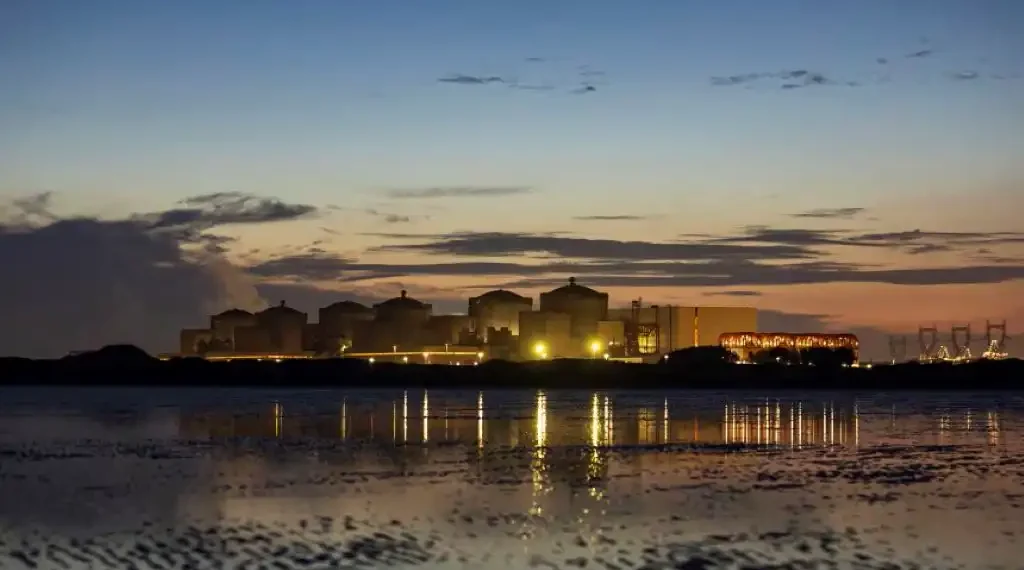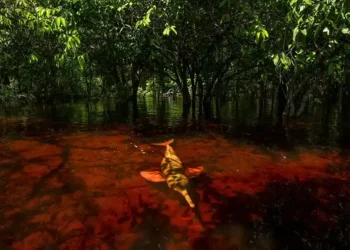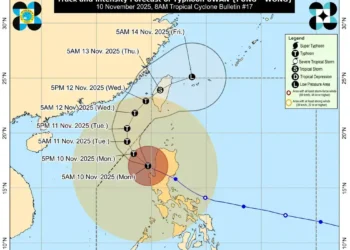Four Reactors at Gravelines Nuclear Plant Halted by Jellyfish Swarm in Cooling Systems
Published Time 08-12-2025, 17:30
A significant swarm of jellyfish triggered an automatic shutdown of four reactors at the Gravelines nuclear power plant in northern France, operator EDF confirmed Monday. The disruption, attributed to rising water temperatures linked to climate change, temporarily halted production at one of the country’s largest nuclear power sites.
Jellyfish Swarm Disrupts Nuclear Plant Cooling Systems
Late Sunday night, Gravelines saw an unusual event when a dense swarm of jellyfish clogged the cooling system filters. Reactors 2, 3, and 4 shut down automatically just before midnight, followed by reactor 6 several hours later. According to EDF, the “massive and unpredictable” jellyfish presence overwhelmed the filter drums in the plant’s pumping stations, making it impossible to maintain normal cooling operations.
The plant, located between the cities of Dunkirk and Calais on the North Sea coast, relies on seawater from a connected canal to cool its six reactors. Each unit generates 900 megawatts, amounting to a total capacity of 5.4 gigawatts. With two other units already offline for scheduled maintenance, the entire facility ceased power production temporarily.
EDF emphasized that the shutdowns posed no safety risk to staff, the environment, or the facility itself.
Rising Water Temperatures Expand Jellyfish Populations
Scientists link the jellyfish surge to warming waters around the North Sea, a consequence of ongoing climate change. Derek Wright, a marine biology consultant with the U.S. National Oceanic and Atmospheric Administration (NOAA) Fisheries, explained that jellyfish reproduce more rapidly in warmer conditions, extending their breeding season.
“Jellyfish breed faster when water is warmer, and because areas like the North Sea are becoming warmer, the reproductive window is getting wider and wider,” Wright said.
The presence of jellyfish around Gravelines has increased in recent years, partly due to the introduction of invasive species such as the Asian Moon jellyfish. This species, native to the Pacific Northwest, was first spotted in the North Sea in 2020 and favors still, plankton-rich waters found in ports and canals.
Invasive Species Impact on Coastal and Industrial Areas
The Asian Moon jellyfish is known to travel via ballast water from ships, allowing it to spread rapidly to new regions. This invasive species has caused similar disruptions at nuclear plants and ports in countries such as China, Japan, and India.
Wright highlighted a broader environmental challenge: “Everyone talks about nuclear being clean, but we don’t think about the unintended consequences of heat pollution,” referring to the warmer water discharged by power plants that can facilitate jellyfish population growth.
Local Environmental and Social Context
The Gravelines nuclear plant sits near coastal beaches that have recently become focal points for migrants attempting to reach Britain. While the jellyfish swarms have caused operational issues at the plant, the species involved are not considered dangerous as they lack a poisonous sting.
EDF has not yet provided additional comments beyond their official notice describing the shutdown events.
Implications for Energy and Climate Resilience
This incident underscores the complex challenges that climate change poses to critical infrastructure, including nuclear energy facilities. As ocean temperatures rise, increased jellyfish activity could become a recurrent issue, requiring new mitigation strategies to maintain reliable power generation.
Experts advocate for enhanced monitoring and adaptive management to address the ecological impacts of warming waters on industrial operations, ensuring energy security while protecting marine ecosystems.
This article was rewritten by JournosNews.com based on verified reporting from trusted sources. The content has been independently reviewed, fact-checked, and edited for accuracy, neutrality, tone, and global readability in accordance with Google News and AdSense standards.
All opinions, quotes, or statements from contributors, experts, or sourced organizations do not necessarily reflect the views of JournosNews.com. JournosNews.com maintains full editorial independence from any external funders, sponsors, or organizations.
Stay informed with JournosNews.com — your trusted source for verified global reporting and in-depth analysis. Follow us on Google News, BlueSky, and X for real-time updates.













